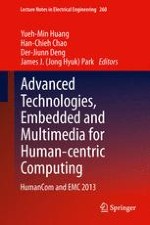2014 | OriginalPaper | Chapter
A Conceptual Framework for Using the Affective Computing Techniques to Evaluate the Outcome of Digital Game-Based Learning
Authors : Chih-Hung Wu, Yi-Lin Tzeng, Ray Yueh Min Huang
Published in: Advanced Technologies, Embedded and Multimedia for Human-centric Computing
Publisher: Springer Netherlands
Activate our intelligent search to find suitable subject content or patents.
Select sections of text to find matching patents with Artificial Intelligence. powered by
Select sections of text to find additional relevant content using AI-assisted search. powered by
